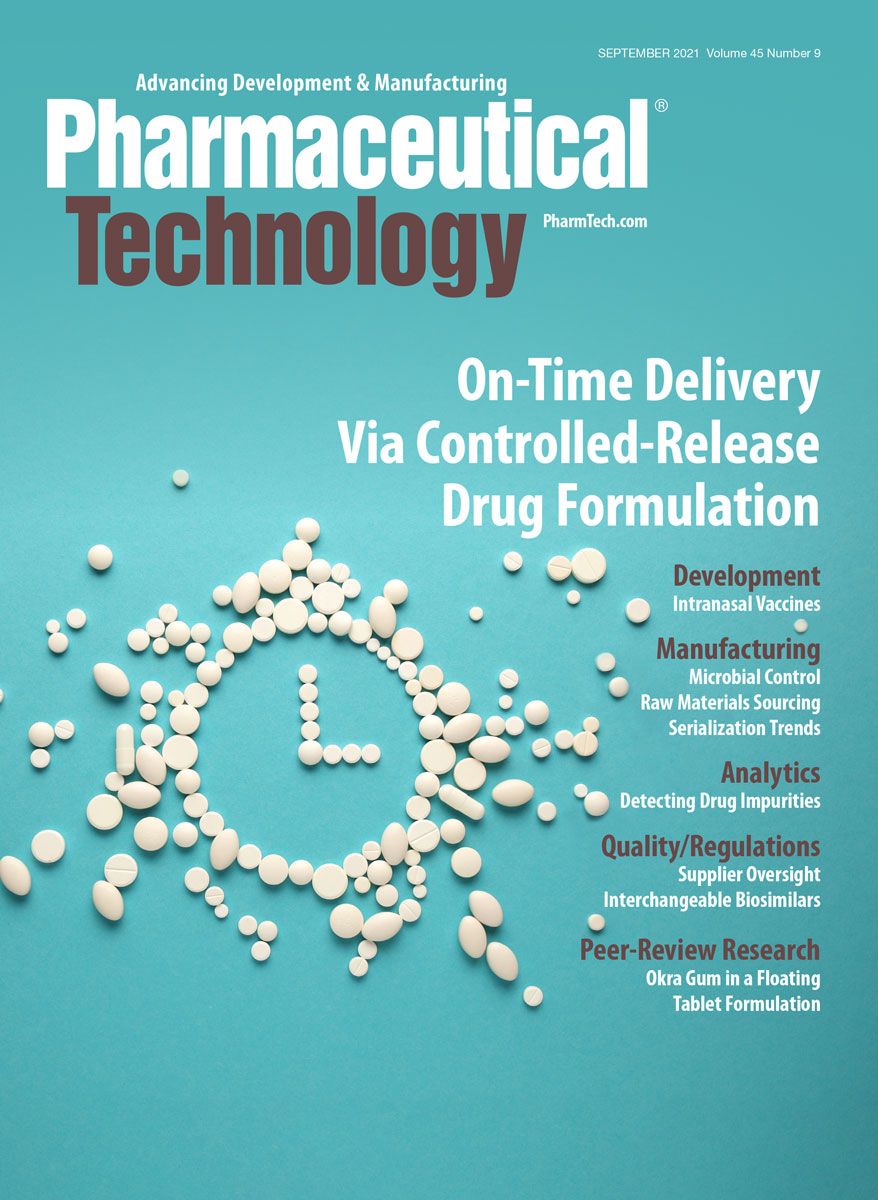How Pure is Pure? Understanding Reagent Purity Grades
As interest in cell and gene therapies continues to grow, the need for safe and consistent reagents to support research, development, and manufacture efforts also increases.
Serhiy/Stock.Adobe.com

It is vital that reagents are carefully qualified throughout the design and manufacture of cell and gene therapies. Commonly, reagents used during research and pre-clinical work are not of a quality suited to commercialization of therapeutic or diagnostic products. Given that they influence the quality of the final product, raw materials must be of the appropriate grade during development stages, in part to mitigate lengthy revalidation during scale up and optimization of commercial manufacturing.
Purity grades signify that a substance meets predetermined lower limits for specific chemical and biological impurities, which in turn indicate suitability for different purposes (e.g., research, manufacturing, manufacturing under good manufacturing practices [GMP] guidelines). Therefore, understanding reagent purity grades is critical to meeting regulatory requirements and, ultimately, ensuring patient safety.
Understanding purity grades
Ensuring quality of raw materials for cell and gene therapies presents unique challenges because the final therapeutics are of biological origin, which means they are inherently complex and often bespoke in nature. The specialized biologics—such as cells and vectors used in cell and gene therapy development and manufacture—have been of recent focus. However, reagents—including growth media, process buffers, antibiotics, and general chemical solutions—that are used to produce cells and vectors are equally critical to reliable, optimal results and final product quality.
To determine the suitability of materials for cell and gene therapy applications, a monograph that includes the general description, specifications, requirements, and tests necessary for a manufacturer to designate a substance as meeting a specific purity grade can be used. Several international agencies supply purity grade regulations in food, drug, and medicinal product manufacture (see Table I).
Table I. Overview of common reagent grades.

A typical gene or cell therapy workflow—from upstream plasmid production and cell culture to downstream purification and final production—requires a massive amount of molecular biology work. Because molecular biology processes can be extremely sensitive to impurities—particularly ubiquitous enzymes, such as DNases, RNases, and proteases that degrade DNA, RNA, and proteins, respectively—molecular biology grade reagents are often required (see Table I). For example, polymerase chain reaction (PCR) is routinely used for plasmid and viral vector production and requires the utilization of multiple buffers, enzymes, and water. To avoid non-specific amplification and prevent degradation of enzymes and target DNA, reagents must be free from DNase, RNase, and protease activity.
Similarly, high-performance liquid chromatography (HPLC) is commonly used in gene and cell therapy workflows for analytics, such as monitoring empty/full capsid assemblies and total capsid protein. Impurities in HPLC reagents can result in extraneous peaks, which interfere with the main peaks in the chromatogram and lead to results that are difficult, or even impossible, to interpret.
How to choose reagent grades
Which grade?
Choosing a suitable reagent grade depends on the application and end goal. For research and educational purposes, research use only (RUO) reagents (Table I) are broadly applicable and available at low cost. Although RUO reagents may seem appropriate for developmental stages of cell and gene therapies, their use must be carefully considered. Impurities and contaminants in reagents can affect results, especially when conducting highly sensitive processes (e.g., HPLC, PCR). Additionally, for clinical use, FDA and the European Medicines Agency (EMA) regulations require manufacturers to switch from RUO materials to those produced according to GMP. This transition may require validation, optimization, and comparative studies that ensure processes remain consistent—adding cost and time to the commercialization workflow. As such, using high-quality reagents in the initial stages and potentially switching to GMP reagents during early pre-clinical research can ease this transition.
While American Chemical Society (ACS), Reagent, and United States Pharmacopeia–National Formulary (USP–NF) grades are often interchangeable and offer the highest purity grades suitable for medicinal manufacture, each reagent must be scrutinized for every application. Selecting a reputable supplier with a sound understanding of cell and gene therapy manufacture will ensure appropriate reagents are used at each stage, saving time and money.
Which supplier?
Choosing a known supplier is integral to a successful cell and gene therapy workflow. Reviewing a supplier’s processing and documentation procedures can help evaluate their expertise. Suppliers that have been certified through International Organization for Standardization (ISO) inspections confirm the presence of robust quality systems. For example, manufacturing facilities that are ISO 13485:2016 compliant and integrate extensive raw material analysis, bioburden testing, and quality-control processes into production of reagents can help enable a seamless transition from RUO to GMP manufacturing.
Additionally, using companies that already offer specialized products for cell and gene therapy workflows can be beneficial, because they can supply advice on the appropriate reagent for each application and stage. Moreover, they may be able to offer custom RUO and GMP products and services that are critical to meeting the complex nature of novel cell and gene therapy development and manufacture.
Conclusion
Although the manufacture of innovative medicinal products, including cell and gene therapies, represents a novel challenge, the basic principles that inform choices about reagent grades and when to transition to GMP materials still apply. The choice of raw materials can play a pivotal role in the manufacturing of cell and gene therapy products. Suppliers who conduct robust quality assessments to ensure that appropriate resources are used will help realize the promise of cell and gene therapies.
About the author
Garrett Perry is a technical services specialist at Teknova, www.teknova.com.
Article Details
Pharmaceutical Technology
Vol. 45, No. 9
September 2021
Pages: 40–42
Citation
When referring to this article, please cite it as G. Perry, “How Pure is Pure? Understanding Reagent Purity Grades,” Pharmaceutical Technology, 45 (9) 2021.

Pharmaceutical Tariffs Are Imminent: How Industry is Bracing for Impact
April 16th 2025On April 14, 2025, the Trump Administration launched a national security-driven investigation into pharmaceuticals, a move that will likely result in tariffs being placed on pharmaceutical drugs, ingredients, and other components that are imported from outside of the United States.